Goodbye forced ventilation
Why is controlled home ventilation a win-win situation for landlords and tenants?
Forced ventilation in the house is a technical measure to guarantee a regular exchange of air that cannot be influenced by the user. This measure is often used when the owner does not use the building himself, i.e. cannot ensure ventilation himself. A classic case is the tenant / landlord construct. The landlord wants to protect his property from moisture and mold by means of forced ventilation and of course also create a healthy indoor climate. The tenant often boycotts the built-in system to e.g. B. to combat drafts or noise or to save electricity. In addition, many residents are conditioned to ventilate the windows. However, this is often based on buildings whose walls breathe through natural joint ventilation – i.e. have a natural flow of air through leaky windows and doors or other gaps and joints. The airtight construction of modern energy-saving houses no longer allows such a natural exchange of air. Opening the windows once or twice a day is then not sufficient for the legally required air exchange and to prevent mold. As a result, the tenants are forced to ventilate the function or settings of which they themselves have no influence.
Now, compulsion is never the best way to achieve your goal. It creates pressure and potential for conflict on both sides.
Advisory topics:
- Mold in the apartment - who is to blame?
- Forced ventilation - what does that actually mean?
- What methods are there for forced ventilation in the house?
- Advantages of decentralized living space ventilation for tenants and landlords
- Controlled living space ventilation instead of forced ventilation - what you should pay attention to in order to convince your tenants
- Conclusion: Why a ventilation system shouldn't be a matter of dispute
Forced ventilation is therefore not a solution – but neither is there any. In the following guide, the subject of “forced ventilation” is examined from both the tenant and the landlord’s point of view and ways are shown how ventilation, even without force, benefits both parties.
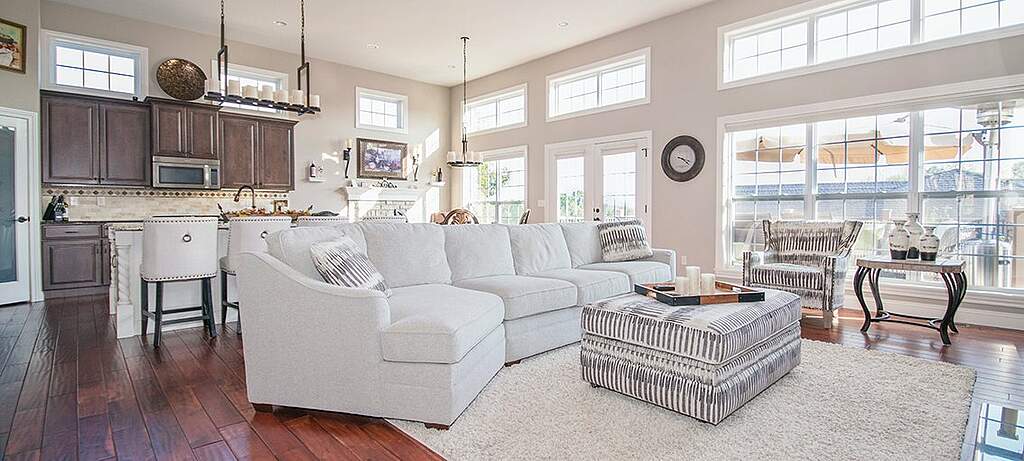
Mold in the apartment - who is to blame?
One of the most common points of contention between tenants and landlords is mold in the home, which can be dangerous for the well-being and health of home users. This can result in a right to a rent reduction for the tenant. But who is to blame? Are structural defects or incorrect ventilation and heating the cause? In the event of a dispute, the burden of proof lies with the landlord. He must prove that there are no structural defects and that the mold is due to the behavior of the tenant.
Owners who equip their rented rooms with modern, tightly closing windows are obliged to take the necessary measures against the accumulating moisture or to inform their house residents of special ventilation and living requirements and to record them in the rental agreement. If this does not happen, the tenant cannot be blamed for the formation of mold and the landlord bears the costs for the removal. If the tenant and landlord do not agree who will pay for the mold removal costs, an independent expert must investigate the causes.
Practical tip:
Owners of airtight houses should state the following ventilation and heating behavior in the rental agreement:
- Ventilate three to five times a day for 5 to 15 minutes
- if possible, cross ventilation with the inner doors open and the heating turned off
- no permanent ventilation with tilted windows
- So that the air flow can circulate on the walls, the furniture should have a minimum distance of ten centimeters from the outer wall
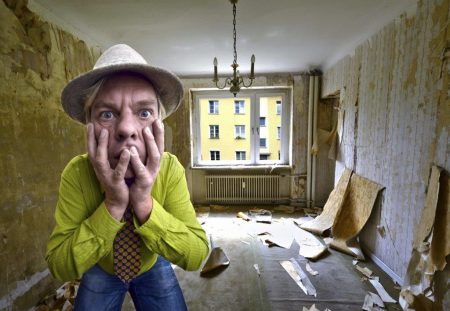
Although there is no uniform jurisprudence on adequate ventilation behavior by tenants, there are limits in terms of number and duration, as working tenants in particular can only use their apartments intensively in the morning and evening hours.
Since there can sometimes be big differences – between what the landlord demands and the real ventilation behavior of the tenants, forced ventilation often seems to be the only helpful solution. The residents of the house, on the other hand, feel that the individual methods of forced ventilation are sometimes significantly disturbed and sometimes ignored by the landlord. Under certain circumstances, this triggers a wealth of ideas on the part of the tenants to circumvent the disruptive exchange of air, from which both sides only draw disadvantages in the end.
It is better to find a solution that is accepted by both sides. A retrofitted system for controlled living space ventilation is one of them.
Forced ventilation - what does that actually mean?
Forced ventilation conceals ventilation measures in which the actual user can only intervene to a very limited extent or not at all. This should be made possible by installing a ventilation system which the tenant can neither switch off and, if necessary, only regulate it to a very limited extent. So much for the theory. In practice, the picture is often different. Ultimately, a resourceful tenant is always able to bypass any form of forced ventilation. However, a mutual trust relationship looks different.
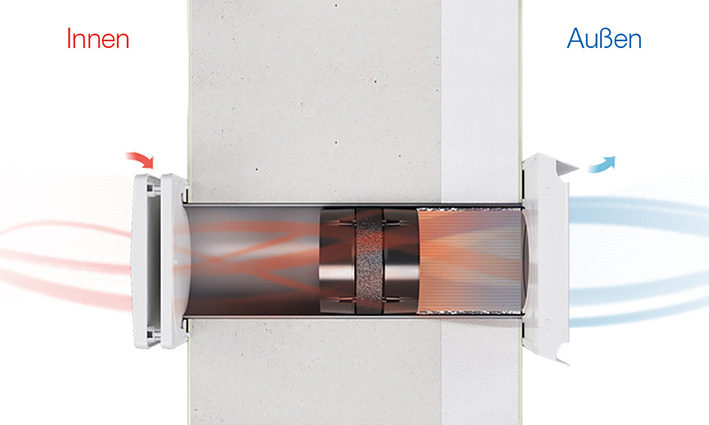
A more peaceful approach would be to generate acceptance for the ventilation system with the tenant so that he uses it voluntarily and learns to appreciate the ventilation system. To do this, the landlord has to explain to his tenant how important and much healthier it is to keep the ventilation system running. In addition, not only does the landlord benefit from the protection of his property, but of course also the tenant himself as a direct user through:
- increased comfort in your own four walls (pleasant temperature values, humidity, air quality and air movement)
- increased comfort in terms of automatic background ventilation
What methods are there for forced ventilation in the house?
There are various methods that landlords are happy to use for forced ventilation of rented living spaces. The simplest and most optically inconspicuous method to ensure ventilation in the apartment is window rebate ventilation. Window rebate ventilators are ventilation slots in the window frame through which fresh air enters and warm, stale air exits. The most efficient way to ventilate is to use the cross ventilation principle with opposite windows. The ventilation slots in the window frame are mostly not noticeable optically. Tenants usually only notice a slight draft much later, e.g. when there is a strong wind. Noise and (fine) dust can also penetrate the opening slots in the window frame. The main problem here is the installation in the window and reveal area, since the window reveal and window frame are cooled down by the ventilation slots and are therefore susceptible to condensation and mold. Since the air penetrates through the window rebate ventilation without being preheated, it becomes problematic as soon as beds, sofas or other seating are positioned near the window.
In addition, there are also preset ventilation systems for forced ventilation, which the user cannot intervene or can only intervene to a limited extent, or various outside air outlets that ensure an exchange of air regardless of the user.
Advantages of decentralized living space ventilation for tenants and landlords
In contrast to forced ventilation, controlled living space ventilation enables both tenants and landlords to have a relaxed relationship with the ventilation dilemma. Here are the most important advantages of the decentralized ventilation system at a glance:
Advantages for the landlord:
- quick and easy installation - for new buildings and renovations
- Protection against mold and possible rent reductions due to mold infestation
- Building protection
- Preservation of the building's value
- Self-maintenance or caretaker maintenance without a specialist company
- Refurbishment possible in sections (one apartment after the other)
- Increase in property value thanks to innovative building technology
Advantages for the tenant:
- better air quality
- Removal of the pollutants that accumulate in the interior
- Coziness and more living comfort
- Suitable for allergy sufferers: protection against fine dust and pollen
- Avoidance of mold growth
- Save heating costs through the principle of heat recovery
- Gain comfort through automatic background ventilation
Often the tenants do not even know about the advantages that controlled living space ventilation brings with it for health and comfort in their own four walls. It is therefore advisable to inform every new tenant about the advantages of automatic ventilation in the apartment in order to generate acceptance and to strengthen awareness of healthy and fresh air.
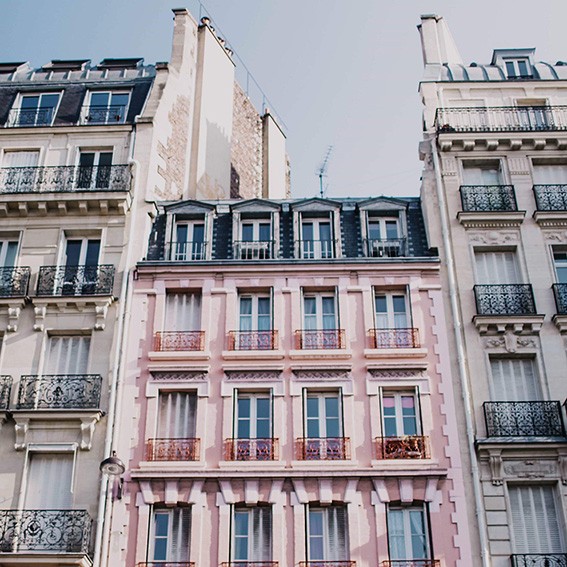
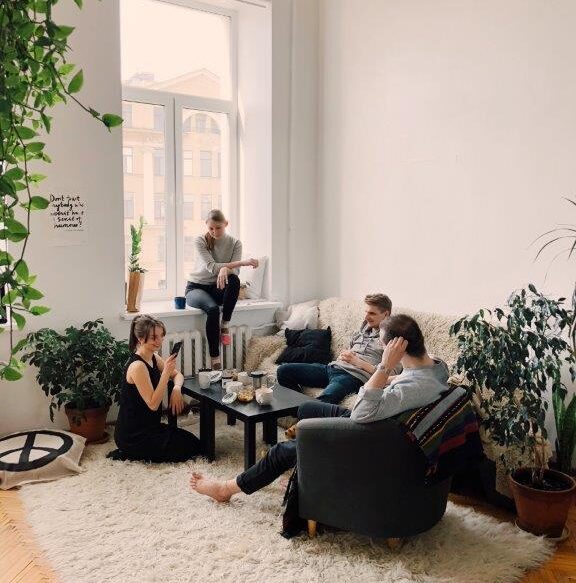
Get advice free of charge and without obligation
Search for ventilation experts on site now
Controlled living space ventilation instead of forced ventilation
What you should look out for in order to convince your tenants
When planning a ventilation system, pay attention to high-quality fans: inexpensive fans are not always the best solution. Cheap processed plastic parts can break off quickly. High-quality fans can be cleaned and serviced quickly and easily. In addition to the technical values, also pay attention to possible accessories such as pollen or activated carbon filters. A high quality can be recognized, for example, by an additional manufacturer guarantee. If the manufacturer is convinced of his own products, he will not hesitate to increase the guarantee beyond the minimum legal requirements.
It is essential to pay attention to the noise levels: tenants who are disturbed by the noise of the fans are more inclined to switch off the ventilation system.
The acceptance of a ventilation system increases if the fan does not generate any disturbing noises and also keeps out noises such as street noise. With the help of a soundproof ventilation, even the rustling of the duvet can be louder.
The control unit is a decisive criterion. This should be easy to understand and should have an operating hours counter in the event of a dispute. With programmable operating modes, a healthy living environment tailored to individual needs can be created. A break function also increases the tenant’s acceptance. In addition, the controls can be used to easily set when and how much air flow is required.
Inform your tenants about the advantages of heat recovery and how they can save heating costs with it. Decentralized fans with ceramic heat accumulators are also suitable for summer operation, because the principle of heat recovery also works in the opposite temperature constellation. Educate your tenants about the benefits fresh indoor air can have for their health and wellbeing. In addition to protection against pollen and dust through the appropriate filters, they continuously receive oxygen-containing air and at the same time the pollutants are removed from the room air.
It is recommended to use sensors to run the ventilation system according to demand. A humidity sensor or a hygrostat should be used in exhaust air rooms to ensure automatic humidity protection. A low-noise, demand-driven ventilation protects rooms with moisture entry from the formation of mold and moisture damage.
Practical tip: cellar ventilation
Basements require separate ventilation than the ventilation in the apartment, as there are no joints and cracks for a natural exchange of air in the area in contact with the ground. In addition, there are no basement windows or they are smaller and lower, which means that there is less air exchange. Basements are usually cool and cold air can absorb less moisture. The moisture condenses on the cold walls and the moisture pulls into the masonry. Little by little, large-scale mold develops. This effect is particularly strong in summer when you ventilate and warm, moist air flows into the basement area and condenses on the cooler outer walls. For a dry and well-air-conditioned cellar, inVENTer’s portfolio includes fully automatic ventilation, which, thanks to humidity and temperature sensors, determines the optimal ventilation conditions completely autonomously. You can find out more about the wireless controller platform inVENTer Connect here. You can find more about basement ventilation in this guide.
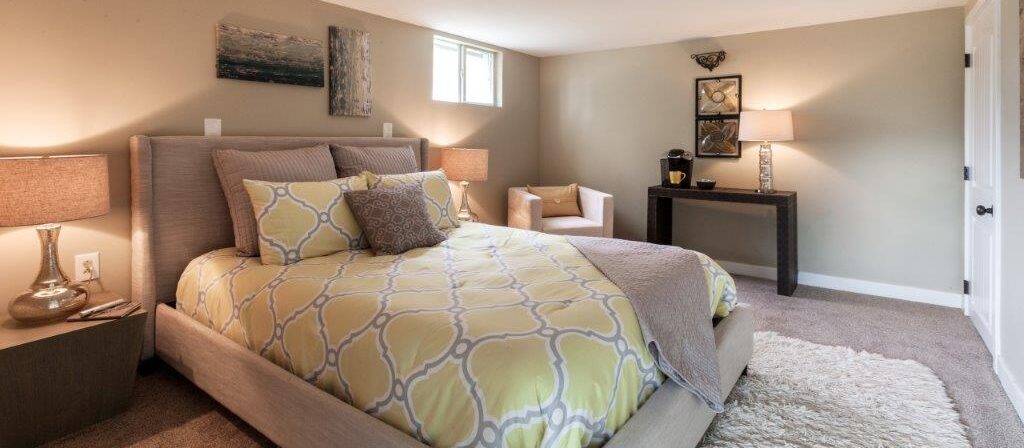
Conclusion: Why a ventilation system shouldn't be a matter of dispute
Controlled home ventilation is a win-win situation for landlords and tenants. It ensures an ideal room climate with fresh air and optimal humidity. This is good for the health of the tenants and the masonry. Mold has no chance. If the tenant leaves the ventilation system running, he does not have to worry about disciplined ventilation. Only when there are peaks in humidity, for example at a party with many people, should it regulate the climate in the room by ventilating the windows.
But here, too, there are ventilation devices that can do it. In general, there are systems on the market that adapt the ventilation to individual living habits – the basic setting as moisture protection when you are absent such as vacation, reduced ventilation during the night, normal ventilation during the day and intensive ventilation when there are peaks in humidity such as a party or when cooking. In order to give tenants a certain degree of sovereignty, landlords should opt for a system that can be regulated and paused as required.
The ventilation devices should then only be able to be deactivated for a certain period of time and then return to basic ventilation. The sMove ventilation control enables such a control.
Decentralized ventilation systems are suitable for new buildings and renovations. With these systems, retrofitting in particular is done with a simple core hole. The devices are inconspicuous in the living room and run very quietly. Various filters protect against dust and pollen, wind and noise. In addition, no specialist company is required for maintenance. The replacement of the filters and the cleaning of the devices can be done by the landlord or a caretaker himself. In addition, contrary to popular belief, decentralized ventilation systems are not expensive to maintain. A device generates around five euros in electricity costs per year.


